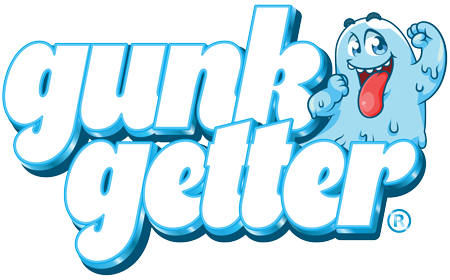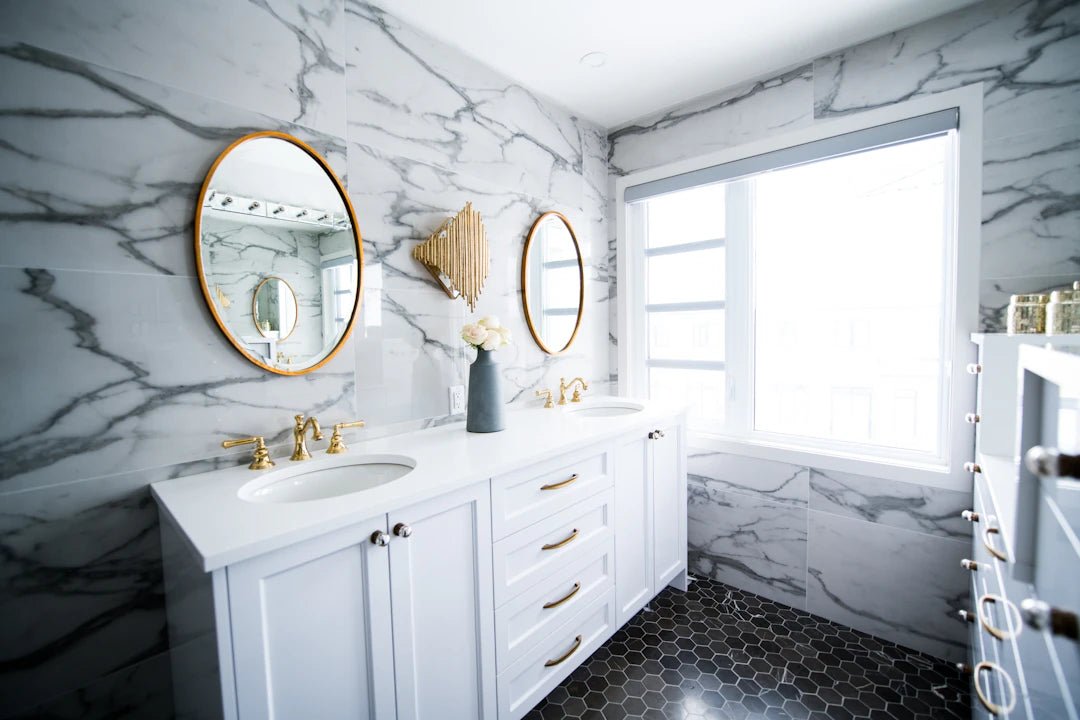Frequently Asked Questions
1. What is bathroom mold and why does it thrive?
2. What are the common types of bathroom mold?
3. What are the health risks associated with mold exposure?
4. What essential supplies do I need for mold removal?
5. When should I call a professional for mold remediation?
Bathroom mold is an unsightly and often unhealthy issue that many homeowners face. This stubborn problem not only affects the aesthetics of your space but can also pose health risks to you and your family. In this comprehensive guide, we will explore various methods to tackle tough bathroom mold effectively. From prevention tips to powerful cleaning techniques, we’ve got you covered!
Understanding Bathroom Mold
To effectively deal with bathroom mold, it’s essential to understand what it is and why it thrives in this environment. Mold is a type of fungus that grows in warm, damp areas and feeds on organic materials. Your bathroom, with its high humidity levels and organic surfaces, is the perfect breeding ground for mold.
Common Types of Bathroom Mold
There are several types of mold that can infest your bathroom, including:
- Aspergillus – A common mold that can appear black or green.
- Cladosporium – Often dark green or black and typically found on tile and grout.
- Penicillium – Blue or green in color and can damage surfaces.
- Stachybotrys – Also known as black mold, this type is particularly dangerous and should be dealt with promptly.
Why Mold is a Concern
Mold can adversely affect air quality and may cause various health issues, particularly for individuals with allergies, asthma, or weakened immune systems. Common symptoms associated with mold exposure include:
- Coughing
- Wheezing
- Skin irritation
- Sinus congestion
Understanding the potential risks of mold is crucial in motivating you to take preventive actions and cleanup seriously.
Essential Supplies for Mold Removal
Before diving into the cleaning process, make sure you have the right tools and supplies on hand. These may include:
- Protective gloves
- Mask or respirator
- Scrub brushes
- Spray bottles
- Baking soda
- Vinegar
- Hydrogen peroxide
- Bleach (optional)
Effective Mold Removal Techniques
Once you're geared up and ready, let’s look at some proven methods for removing tough bathroom mold.
Using Baking Soda and Vinegar
Baking soda and vinegar are not only natural cleaning agents but also effective mold removers. Here’s how to use them:
- Mix two tablespoons of baking soda with two cups of water in a spray bottle.
- Spray the solution directly onto the moldy areas.
- Let it sit for about 10-15 minutes.
- Scrub the mold with a brush, then rinse with water.
- For stubborn mold, follow with a vinegar spray and let it air dry.
Hydrogen Peroxide Treatment
Hydrogen peroxide is an antifungal agent that can effectively eliminate mold. To utilize hydrogen peroxide for mold removal:
- Use a 3% solution of hydrogen peroxide in a spray bottle.
- Spray the moldy areas generously and let it sit for 10 minutes.
- Scrub with a brush and rinse thoroughly.
Bleach Solution for Disinfecting
If the mold persists, using a bleach solution can help. However, be cautious—bleach can potentially damage certain surfaces and must be used in a well-ventilated area. Here’s a general guide to using bleach:
- Mix one cup of bleach with one gallon of water.
- Apply the solution on the affected area.
- Scrub and then rinse thoroughly.
Regular Maintenance to Prevent Mold Growth
Once you have successfully tackled the mold, it’s vital to implement preventive measures to inhibit its return. Consistent maintenance can save you time and effort in the long run.
Control Humidity Levels
High humidity is mold's best friend. To keep humidity levels in check:
- Use exhaust fans during and after showers.
- Open windows when possible for ventilation.
- Consider a dehumidifier for spaces prone to moisture.
Keep Surfaces Dry
Make it a habit to wipe down surfaces after use. Here’s how to maintain a dry environment:
- Wipe down walls and tiles after bathing.
- Use a squeegee on glass doors and walls.
- Ensure towels are hung properly to dry out after use.
Inspect and Repair Plumbing
Check for leaks in your bathroom regularly. Any water leaks can provide moisture for mold to thrive. Always fix any plumbing issues promptly to minimize water exposure.
Know When to Call the Professionals
While tackling bathroom mold can be a DIY project, there are situations when it’s best to leave it to the experts. If the mold covers a large area (bigger than 10 square feet), or if you uncover mold in HVAC systems, it’s wise to consult a professional mold remediation service.
Stay in Control with Regular Checks
Even with thorough cleaning and preventive measures in place, it’s essential to conduct regular checks in your bathroom. Make it a routine to inspect hidden areas such as behind the toilet, under the sink, and around the tub for any signs of mold.
Transform Your Bathroom Into a Mold-Free Oasis!
By following these guidelines, you can conquer tough bathroom mold and prevent its return. Whether you employ natural cleaning solutions or tackle the issue head-on with effective chemical treatments, maintaining a clean, dry, and well-ventilated bathroom is key to enjoying a mold-free environment.
Embrace these proactive measures today to ensure your bathroom remains a healthy oasis for you and your loved ones. Taking the initiative not only protects your well-being but can also elevate your home’s overall value. Remember, a clean bathroom is a happy bathroom!


Share:
Eco-Friendly Bathroom Cleaning Practices You Need to Try
Maximize Efficiency: Organizing Your Cleaning Supplies